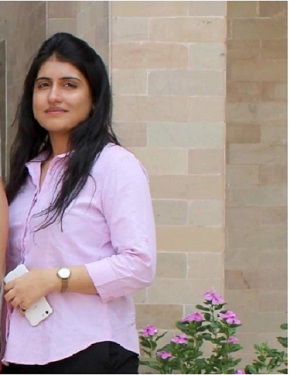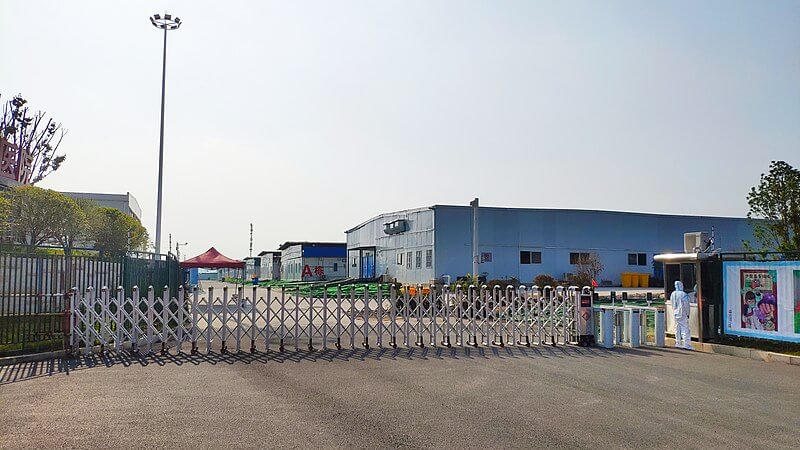Policy Perspectives In Public Health: Road To Revival

By Manika Malhotra
Researcher at the PPFConfronted with a looming surge of Covid-19 cases, India has reported over 1,373 deaths and more than 42,533 confirmed cases so far (as on 04.05.2020). India has been fighting this battle with limited options and a fragile healthcare system, hence chose to manage this epidemic by deploying the only defensive weapon it had at its disposal- a strategy of pre-emptive and strict nationwide lockdown.
In India, coronavirus pandemic is unfolding in the perspective of a wrecked health system. The low priority and attention that has been accorded to health for so many years has rendered limited funding in both health infrastructure and health data. In National Health Policy 2002, it was proposed to increase public health expenditure (PHE) as per cent of Gross Domestic Product (GDP) from 0.9% in 2002 to 2.0% by 2010, but the desired target has not been achieved till date. Moreover, the National Health Policy, 2017 proposed to increase this bar to 2.5% of GDP by 2025. On the other hand, CARE ratings (credit agency) report; released on April 7 this year, highlights the PHE (total of centre and state governments) to be at 1.29% of GDP. The spending on capital health expenditure inparticular (expenditure on buildings, machinery, IT, stocks of vaccines foroutbreaks etc.) was found to be much lower, at only 0.19%. The path to retrieval of investments in public health seems to be long drawn and unattainable. The total health spending of India is at 3.5% of GDP- so who is actually bearing the burden? 67.78% of total expenditure on health in India (2017) was paid out of pocket (OOP) by households, while the world average is just 18.2% (WHO Health Profile 2017). These are the payments made directly by consumers for services (medicines, diagnostic lab, private care, emergency rescue etc.) which are not covered under any financial protection scheme. Hence, a major portion of the total health expenditure is actually borne by the consumers. With the stature of public healthcare being overlooked, the private sector has progressively come forward to establish the standards both for the care and its costs, thereby achieving economies of scale. India stands sixth in the OOP (consumer) health spending among the low-middle income group of 50 nations. Even lower-income countries like Bhutan, Sri Lanka and Nepal spend a higher per cent of respective GDP’s on their public’s health.
While the statistical inferences have been trying to indicate the magnitude of the issue for many years, the country now gets to witness theacuteness of these challenges more closely. Even at this stage,when majority accepts that the lockdown was very timely and major contributor towards containing exponential growth of the covid-19 cases, there are signs that the public health infrastructure is still creaking under the pressure. Indians have been sharing pictures of the unhygienic conditions of the government facilities. Online petitions are being signed against the poor conditions in quarantine centers across the country amongst other factors concerning lack of resources (lack of testing kits and ventilators) and staff availability. Looking at this, the public indeed is more scared to witness these tough conditions than actually catching and surviving the disease. Those with symptoms are hesitant to come forward because they are anxious and doubtful if the system can help them in their time of need.
We must applaud the country’s innate resilience at the times of such crisis and how itis fighting the epidemic but why is it that while we preach that ‘health is the ultimate wealth’, we lag behind in speeding up healthcare expenditure to build up infrastructure and human resources in the health sector. In 2018-19, only59% of the total National Health Mission budget for the year was spent. At thehospital level, spending is even lower- only 38% of the funds made availablefor “hospital upgradation” were spent. Why do we assume that the public health care system, a set up functioning at full occupancylevel and facing excess demand, while confronting challenges of deficient infrastructure and manpower and equivocal qualityof services will suddenly be able to meet the required needs at the time of anycrisis? Why India has just 0.5 hospital beds for every 1,000 people when the World Health Organisation (WHO) recommends at least five. Our limited investments in public health are an answer to that. Situation is worse for many states with Bihar having one government hospital bed for approximately 9000 people. Further, infrastructure is not only limited to hospital beds but adequacy of many crucial facilities like water supply and electricity also intensely affect the functioning of existing facilities.
The availability of high tech modern delivery plays a crucial role in shaping the future of healthcare, but it is the personnel, who utilize these technologies and offer their assistance. However, India averages 0.8 doctors for every 1,000 people (World Bank Data 2017); even Italy, a country which has been badly hit by the covid-19 outbreak, has five times as many doctors per capita. Besides rural-urban dichotomy there is also discrepancy of human resources between the public and private sector which adds to the present set of challenges. This long-standing negligence is a reason for India being ranked amongst the poor performing countries on the World Bank’s Human (Health) Capital Index (HCI). Moreover, India has reported more than 200 cases of medical workers (including doctors, nurses etc.) treating Covid-19 patients being tested positive for the virus. In various interviews, our corona warriors, who are relentlessly fighting against the disease, discussed how they have been facing shortage of safety gear in many regions and are forced to adopt and use ineffective ubstitutes like ‘raincoats and helmets’ to continue treating patients.
The pandemic has clearly compelled us all to revisit the notion of ‘public health’- wellbeing of each individual in a societal setup impacts that of the other. And without ensuring ‘universal health’, it is not possible to sustain the economy and create wealth. In 2018, IMF identified ‘poor public health’ as the 12th most significant barrier for ease f doing business, ahead of many variables such as crime, tax regulations and policy instability. The public healthcare system in India stands at crossroads and needs a reboot post covid-19. There is a need of a paradigm shift to prioritize health and clear the myopic vision that clouds the concerns of the less privileged that depend most on the services of public sector. It is now imperative that our country supports policy initiatives which are directed at strengthening not only curative care but also ‘preventive care’ by setting up robust Centre-state coordination mechanisms. National Health Accounts data 2017 shows that out of the expenditure incurred, only 6.8% was spent on preventive care in comparison to more than 80% on treatments and curative care in the year 2017-18. While many states over a period of time have come out to be the main drivers of health spending in India, center’s involvement has considerably stagnated. Some of these states such as Maharashtra, Rajasthan, and Kerala also fall in the top fifteen major spending states during pandemic. The road to revival of public health in India strives for a multi-sectoral approach and instituting policies with regard to mainstreaming professionally qualified persons into the health workforce, reinforcing district hospitals, medical college hospitals, and primary health care infrastructure, rejuvenating peripheral health services and improving overall facilities of the public sector to improve health security and addressing increasingly complex health needs. Further, government must consider a perspective plan for a period of 10 years or so to at least meet the WHO recommended ‘patient -hospital bed ratio’ and ‘doctor-density ratio’ within the state-controlled public health ecosystem while leaving a certain sectoral space as a policy for the private sector considering the importance of medical tourism. Besides expanding investments in public health, there is a simultaneous requirement to ensure uniformity in quality of services offered, particularly in the remote and backward areas. The same can be achieved by devising a ‘criteria based rating system’ for district hospitals and primary health care centers by an autonomous entity which can be used as a basis for inter-state and intra-state comparison. The criteria against which these hospitals should be judged must include factors like availability of essential medicines, equipment and qualified personnel/health workers, adequate infrastructure, effective service delivery along with proper Hygiene etc. This is a high time that the nation perceives the ‘need’ to have a strong public sector in order to deliver universal health care and looks upon this time as an opportunity to rebuild faith in our public health system. While the country is utilizing its full potential to protect its citizens and reduce the impacts of covid-19, the onus is on all of us, the citizens of India, to utilize the experiences as ‘resource’ and demand for more effective and equitable public health measures. How much we as a nation, learn and grow from this period, will determine the degree of our resilience to face any future health crisis.








